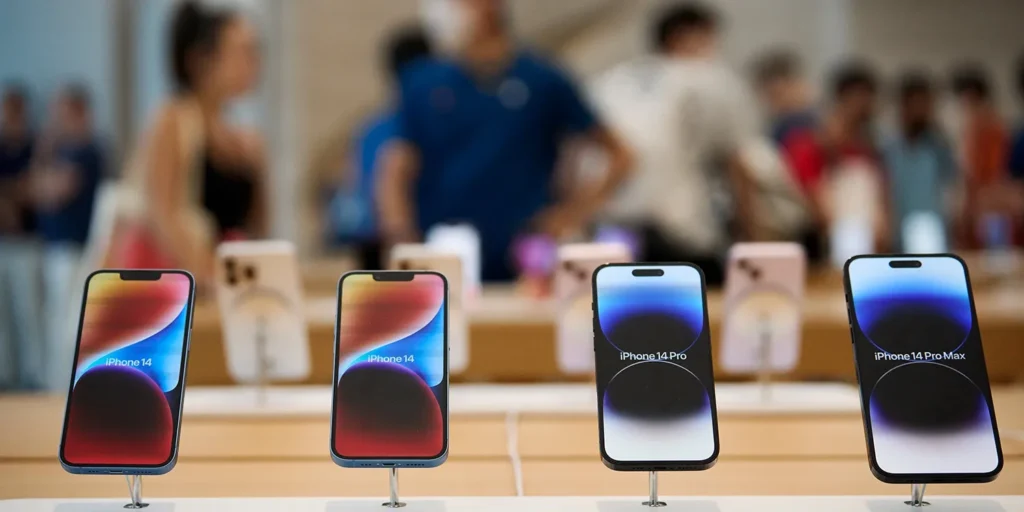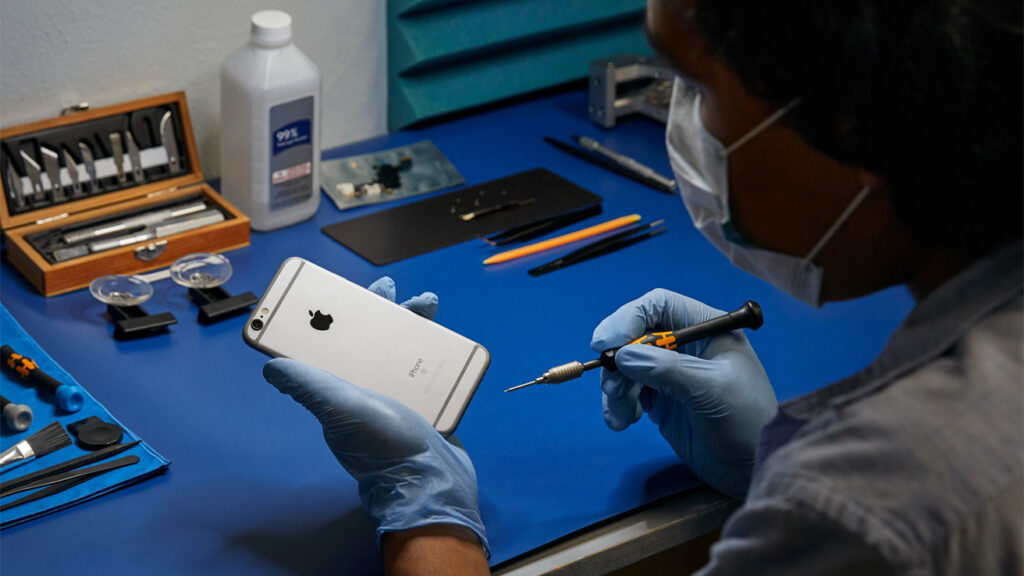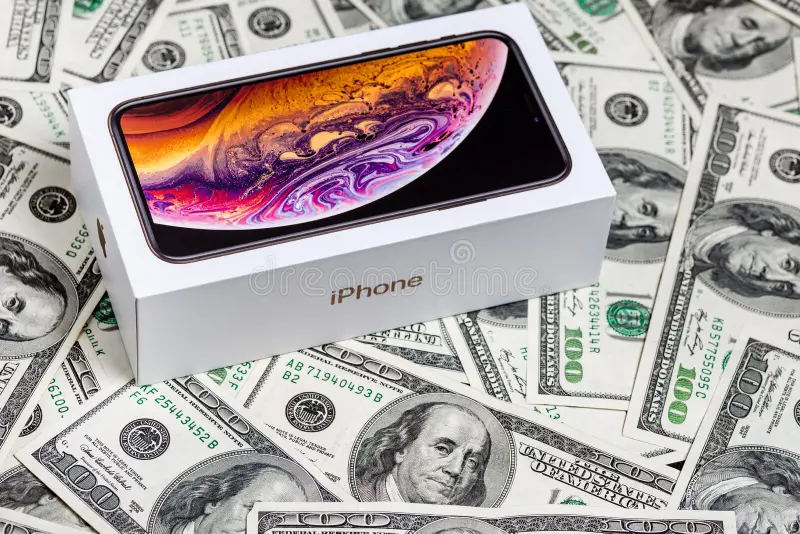It seems even tech giants like Apple can be duped, and to the tune of $2.5 million, no less! This is the jaw-dropping story of how two men, Haotian Sun and Pengfei Xue, masterminded an elaborate scheme to exploit Apple’s repair program, walking away with thousands of real iPhones in exchange for fake ones. Between 2017 and 2019, these scammers orchestrated one of the most “sophisticated” fraud operations, according to federal authorities. Let’s dive into how they pulled it off and how Apple finally caught on.
The $2.5 Million Scheme
Between 2017 and 2019, Sun and Xue, both Chinese nationals, executed a cunning plan that led to Apple replacing over 6,000 counterfeit iPhones with real ones. The scam involved sending Apple fake phones, often containing counterfeit parts, and claiming that these devices were under warranty. Apple, trusting the serial numbers and IMEI codes provided, believed these phones were legitimate and under warranty, so they replaced them with real iPhones.
It wasn’t until 2019 that Apple investigators and federal authorities began piecing together the plot. By then, the scammers had successfully squeezed $2.5 million worth of real iPhones out of Apple.
How They Got Away with It
Sun and Xue’s strategy was simple but effective. They imported thousands of counterfeit iPhones from Hong Kong, and using spoofed serial numbers, they submitted these phones to Apple, either in person or by mail, for replacement. Spoofing the serial numbers and IMEI numbers made the phones appear legitimate to Apple’s system.

Once Apple believed these phones were authentic, it would replace them with brand-new iPhones. The scammers would then sell the real phones, reaping massive profits.
More Apple News? Man Learns He’s Dumped via AI Summary: Welcome to The 21st Century
Apple’s Oversight
At the heart of this scam was Apple’s own warranty system, which offers a one-year warranty for iPhones with defects. Unfortunately, Apple’s system wasn’t robust enough to identify these fraudulent devices, allowing the fake phones to slip through the cracks.
While Apple does have measures in place to prevent multiple fraudulent returns, Sun and Xue sidestepped these efforts by using different aliases and opening new mailboxes for each return. They even used eight different UPS mailboxes, all under fake identities.
How They Got Caught
Apple investigators eventually noticed something fishy and tipped off federal law enforcement. But instead of arresting the suspects immediately, authorities intercepted packages, documented the serial numbers of the counterfeit phones, and then allowed the packages to reach their intended destinations.
This gave law enforcement the evidence they needed to track the scheme’s mastermind and co-conspirators. Federal agents also conducted stakeouts and dug through trash outside the scammers’ homes to gather more evidence. Apple cooperated fully, helping to verify that the phones were indeed counterfeit, leading to the arrest of both men.
The Sentencing
Earlier this month, the Justice Department announced that Haotian Sun was sentenced to 57 months in prison and was ordered to pay over $1 million in restitution to Apple. His partner in crime, Pengfei Xue, received a 54-month sentence and was ordered to pay $397,800 in restitution. Both men were convicted of mail fraud and conspiracy to commit mail fraud, and after serving their prison terms, they will face three years of supervised release.
Lessons for Apple and Other Companies

This case underscores the importance of having robust fraud detection systems in place, even for industry leaders like Apple. While the company’s current system eventually helped identify the scam, it took two years and millions of dollars in losses before action was taken. The complexity of modern fraud schemes demands more advanced checks and balances.
Your Thoughts?
While it’s easy to assume that big companies are immune to such schemes, this case shows that no system is foolproof. Have you ever experienced a scam or had issues with counterfeit products? Let us know in the comments below, and make sure to protect yourself by always verifying the legitimacy of devices you purchase.
Stay informed, stay vigilant, and keep an eye out for more stories like this one!
Sources:
Two men scam Apple out of $2.5 million in fake iPhone scheme (nypost.com)
Apple couldn’t tell fake iPhones from real ones, lost $2.5M to scammers – Ars Technica

